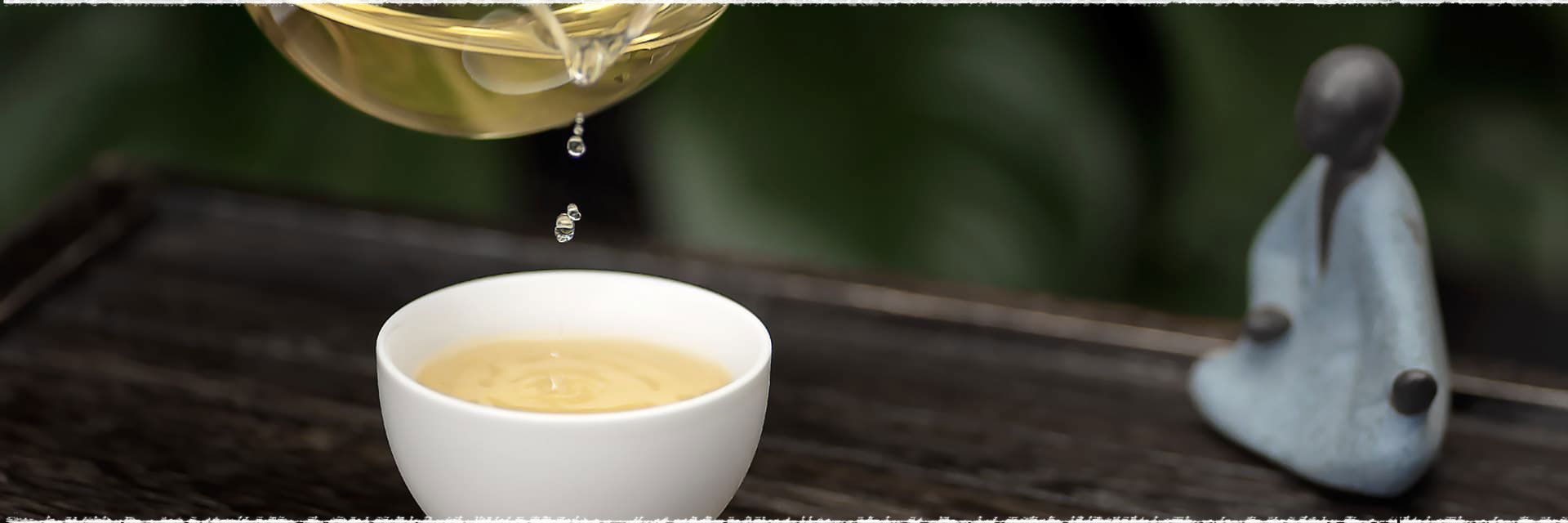White tea is mainly produced in the Fujian Province of China and has been said to be an effective detoxifying agent as well as being known for helping with the treatment of toothaches and the prevention of sunstroke.
The main varieties of white tea are Silver Needle, White Peony Tea (also known as Bai Mu Dan) and Gongmei. Of these, the Bai Mu Dan is a lovely soft white tea that has a more mellow flavor and leafy appearance. The dried leaves are strong with thick tips, flat and well-stretched, with edges which are slightly curled or rippled. The bud leaves and branches are close to each other and the surface color is a grayish-green with a bright silver bud. The back of the leaves are usually covered in a fine downy white hair.
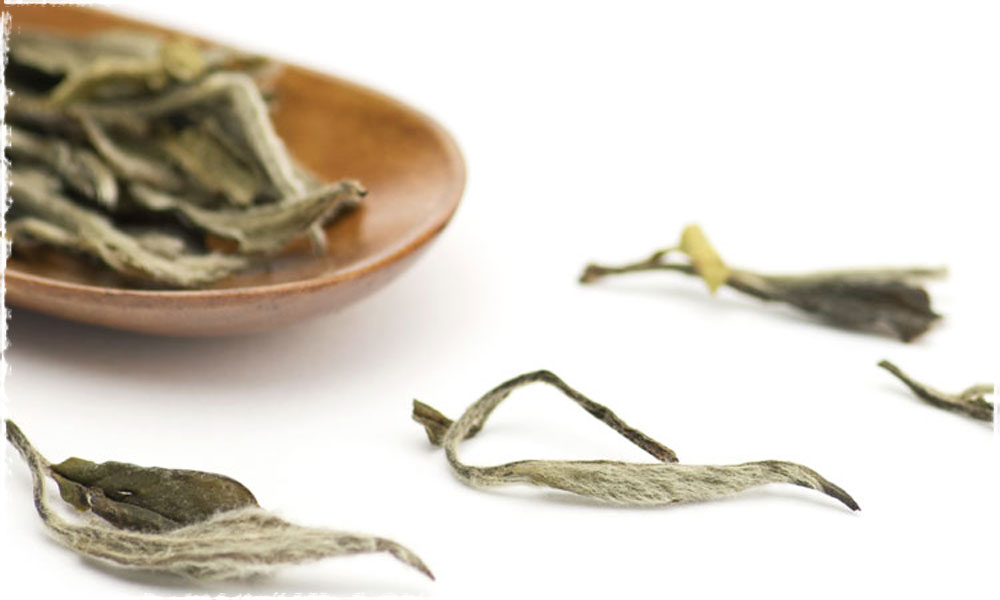
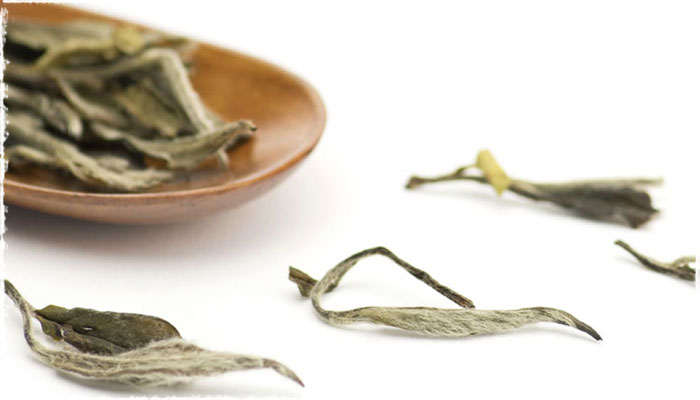
When brewed, White Peony Tea will unfurl with elegance, showing broad leaves and beautiful white tea buds. The brewed tea liquor is a light apricot in color, while remaining clear and bright. The aroma is soft, fresh and mellow, with a slight floral note to the undertone of the tea.
Despite it's name, White Peony tea is not made with Peonies or any other type of flower. Its name is reflective of the delicacy of the aroma and flavor, and while there is a hint of floral notes to the bottom of the cup, White Peony tea – better known as Bai Mu Dan – is a mostly mellow, slightly smoky cup of very light tea. As Bai Mu Dan leaves are picked at their freshest with very low fermentation, you get a very light, very refreshing cup of tea. It is not recommended that you drink white tea with sugar or milk as it will mask the delicious subtle nuances that a top quality white tea can bring to your teacup.
White tea is becoming more popular and many shops now offer it as an option. White Peony is one of the more easily found white teas, but how can you tell which is a high quality White Peony tea? In the rest of this article, Teavivre will teach you how to select the best quality White Peony tea.
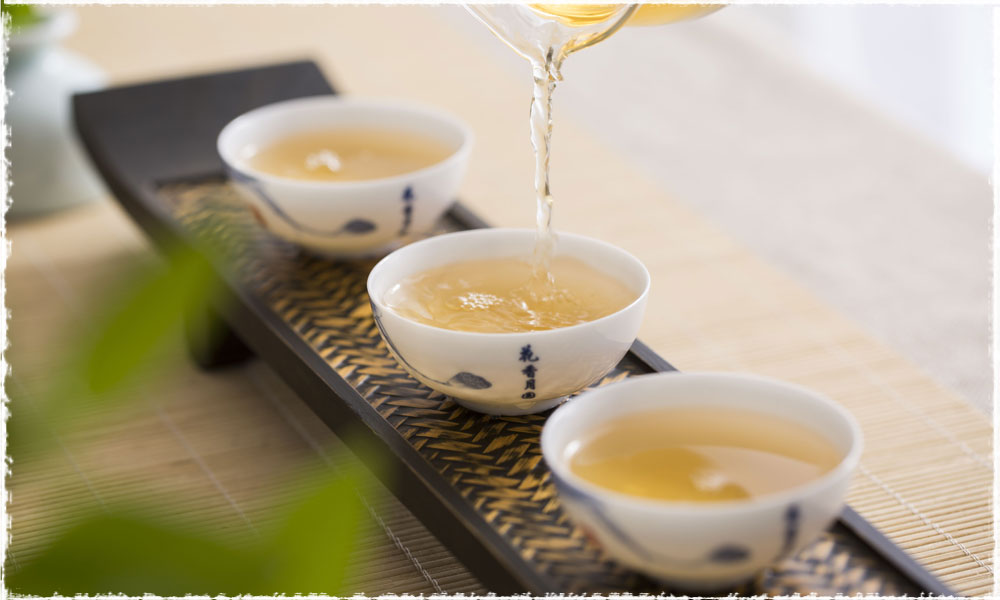
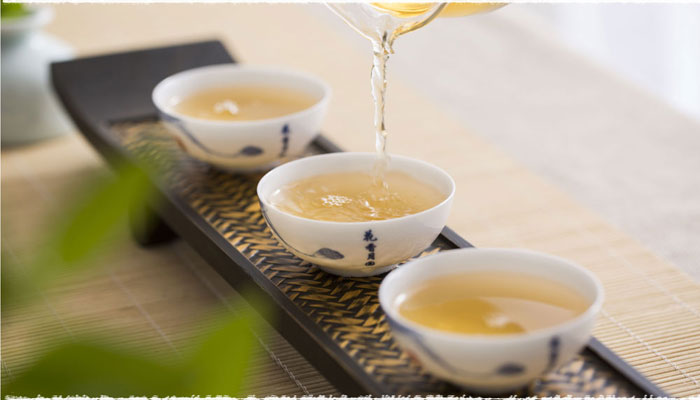
Identification and Appearance of White Peony Tea
There are two important aspects to choosing a top quality Bai Mu Dan. The first is the appearance of it, and the second is the experience of the tea itself.
Appearance:
The appearance of a high quality White Peony is decided by the tenderness of the leaves, the condition of leaves, as well as the color and shape of the leaves. When choosing a top quality Bai Mu Dan, you want tender small leaves with more buds, covered with fine downy white hairs in good condition. The color should be clear and smooth, without any impurities or small particles (dust) in the tea. Depending on the Bai Mu Dan, you might get an almost clear color when brewing, or some varieties may produce a slightly darker, almost apricot coloring.
You want to make sure you are choosing tea with one or two leaf buds, tippy and tender leaves with strong thick tips that are well-stretched and bright silver. The surface of the leaves should be a grayish-green color. On the contrary, leaves that are thin, with less tips, are inferior. White tea is usually best when brewed fresh, and the tea itself will go stale if not consumed within a short amount of time. Older, cured leaves are the worst when it comes to white tea.
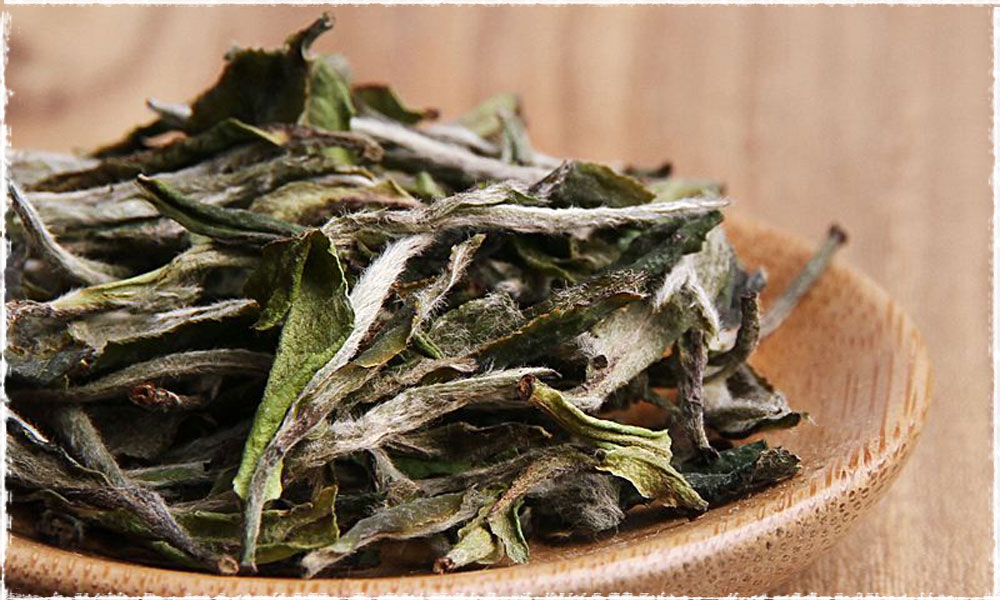
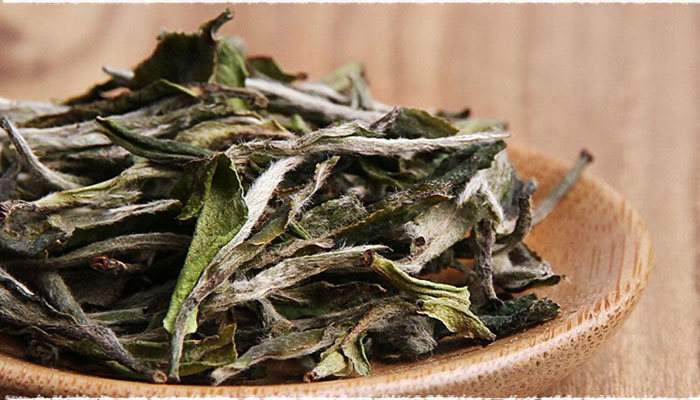
Experiencing the Tea:
The experience of the tea includes the aroma, soup, taste, and bottom of leaf. After brewing it, the first thing you should do is smell White Peony. The best aroma of high quality White Peony will smell fresh, light and slightly floral. Secondly, look at the brewed tea itself, it should be apricot in color, clear and bright. The darker the liquor of the tea produced, the lower the quality of the Bai Mu Dan leaves.
Next you should taste it, and it should be fresh, mellow and slightly sweet with floral undertones and slightly smoky nuances. Inferior white teas will taste bitter or have very little flavor at all. When looking at the brewed leaves themselves, they should be well proportioned with many buds and bright in color. Make sure the leaves are not broken, mixed, colored black, yellow or burnt.
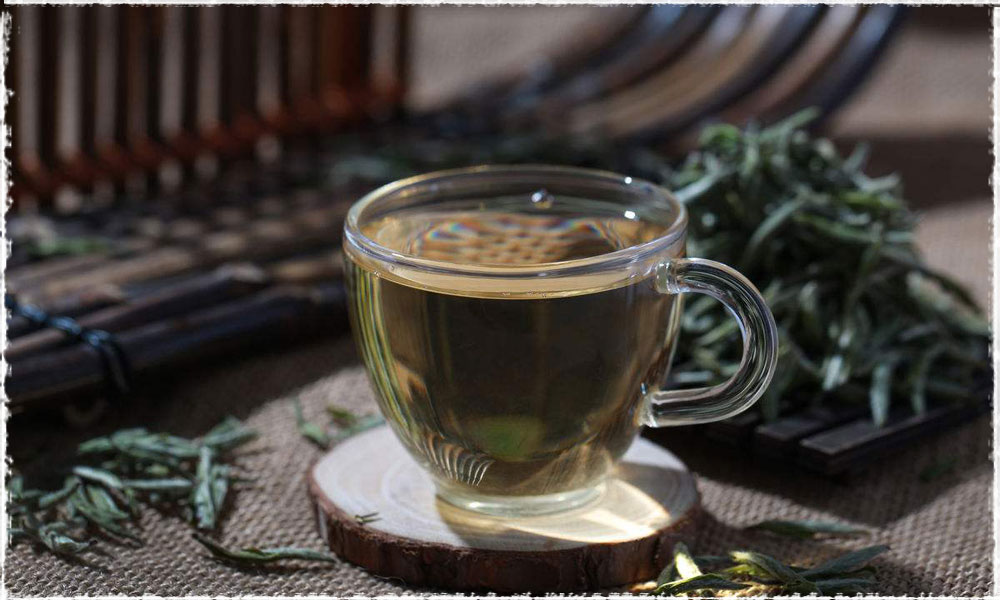
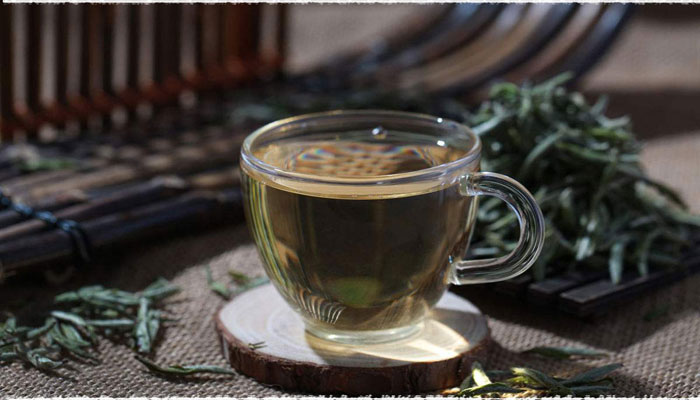
Once you have selected the perfect Bai Mu Dan, you should brew it in an optimal way to make the perfect cup of White Peony tea that tastes fresh, mellow and sweet. Please read our article on Brewing White Peony Tea for information on the proper way to brew and serve our White Peony Tea.
 Exploring the Charms of 2024 Spring Tea Garden with Angel
Exploring the Charms of 2024 Spring Tea Garden with Angel Yingde Black Tea
Yingde Black Tea Matcha vs. Green Tea Powder
Matcha vs. Green Tea Powder
